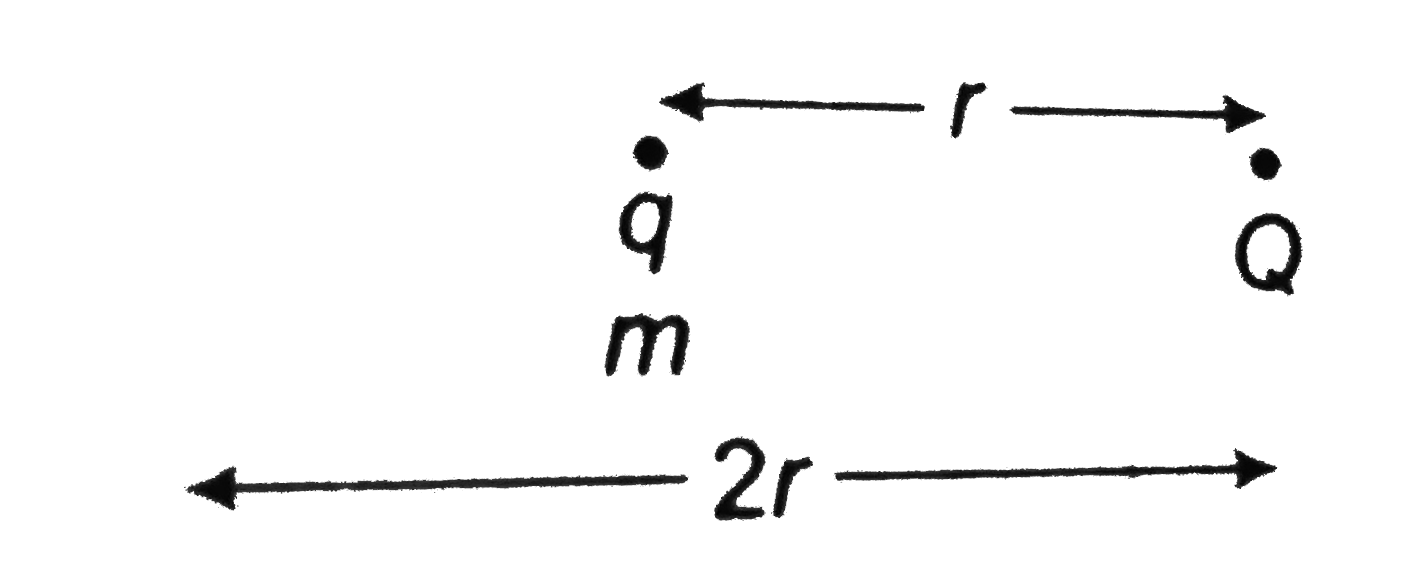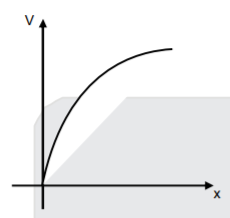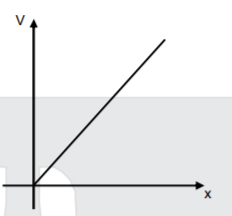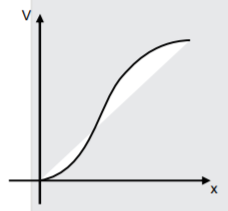A
B
C
D
Text Solution
Verified by Experts
The correct Answer is:
Topper's Solved these Questions
ELECTRIC POTENTIAL & CAPACITANCE
A2Z|Exercise Section B - Assertion Reasoning|17 VideosELECTRIC POTENTIAL & CAPACITANCE
A2Z|Exercise AIPMTNEET Questions|38 VideosELECTRIC POTENTIAL & CAPACITANCE
A2Z|Exercise Capacitor Circuits|52 VideosELECTRIC CHARGE, FIELD & FLUX
A2Z|Exercise Section D - Chapter End Test|29 VideosELECTROMAGNETIC INDUCTION
A2Z|Exercise Section D - Chapter End Test|30 Videos
Similar Questions
Explore conceptually related problems
Knowledge Check
A
B
C
D
A
B
C
D
A
B
C
D
A2Z-ELECTRIC POTENTIAL & CAPACITANCE-Problems Based On Mixed Concepts
- A charged particle of charge 'Q' is held fixed and another charged par...
Text Solution
|
- A very large sphere having charge Q uniformly distributed on the surfa...
Text Solution
|
- In the figure shown the electric potential energy of the system is : (...
Text Solution
|
- A point charge 'Q' is placed at the centre of a spherical cavity of ra...
Text Solution
|
- Four charges are rigidly fixed along the Y-axis as shown. A positive c...
Text Solution
|
- Three charge +q, -q, and +2q are placed at the vertices of a right ang...
Text Solution
|
- Three equal charges Q are placed at the three vertices of an equilater...
Text Solution
|
- You are moving a negative charge q lt 0 at a small constant speed away...
Text Solution
|
- Charge on the outer sphere is q, and the inner sphere is grounded. The...
Text Solution
|
- A ring of radius 0.5 m carries a total charge of 1.0xx 10^(-10)C distr...
Text Solution
|
- Two connectric spheres of radii R and r have similar charges with equa...
Text Solution
|
- A 5C charge experience a force of 2000 N when moved between two points...
Text Solution
|
- Two points are at distance a and b (a lt b) from a long string of char...
Text Solution
|
- Four chrages 2C, -3C, -4C and 5C respectively are placed at all the co...
Text Solution
|
- The electric potetnial in a region along x-axis varies with x accordin...
Text Solution
|
- Two charges, each equal to 1muC, are placed at the vertices A and B of...
Text Solution
|
- Eight charged water drops, each with a radius of 1 mm and a charge of ...
Text Solution
|
- Consider a unifrom electric field in a region as shown below. Then, po...
Text Solution
|
- The elctric potential in a region is given by, v = 3x^(2) + 4x. An ele...
Text Solution
|
- Two particles of charge q(1) and q(2) are separated by distance d as s...
Text Solution
|




